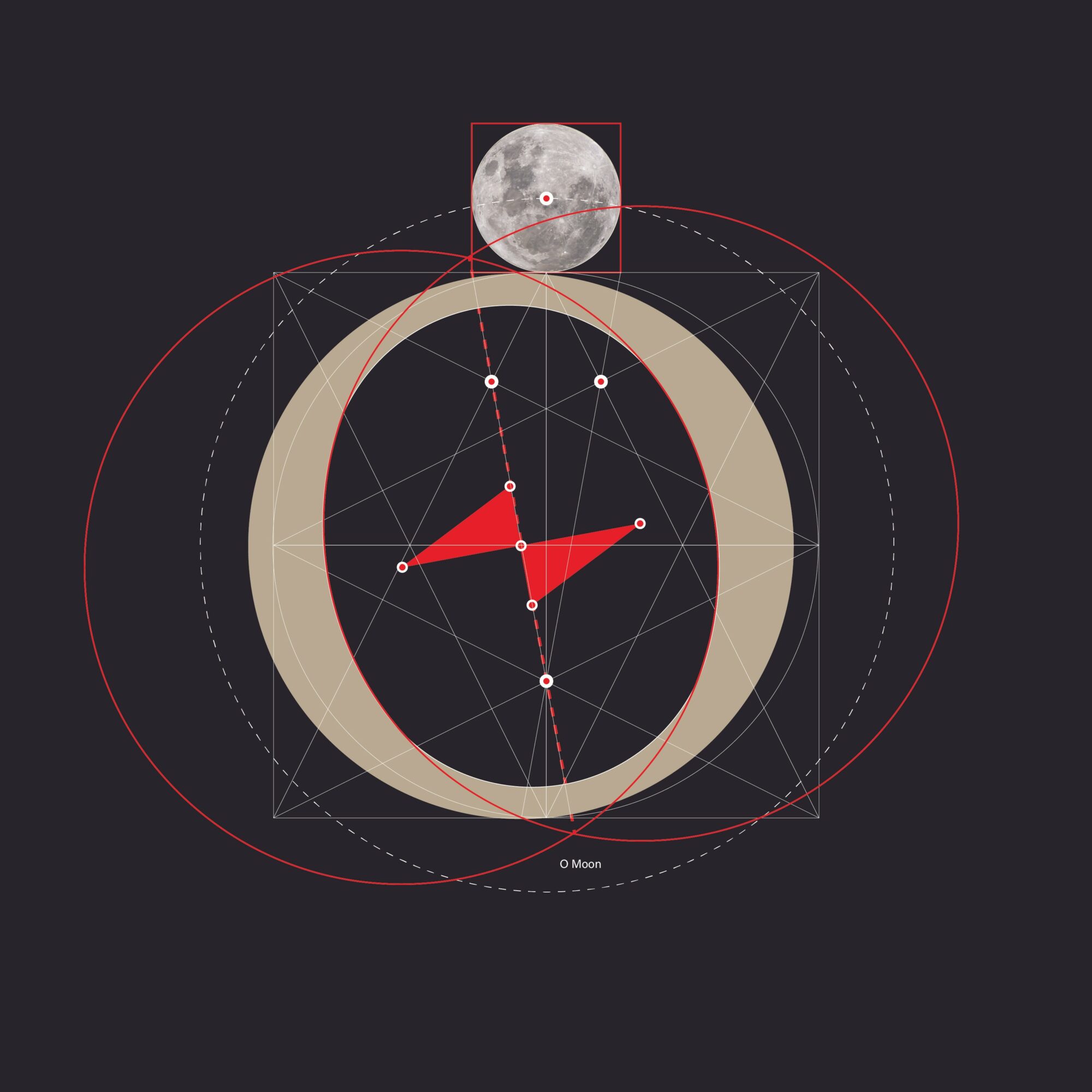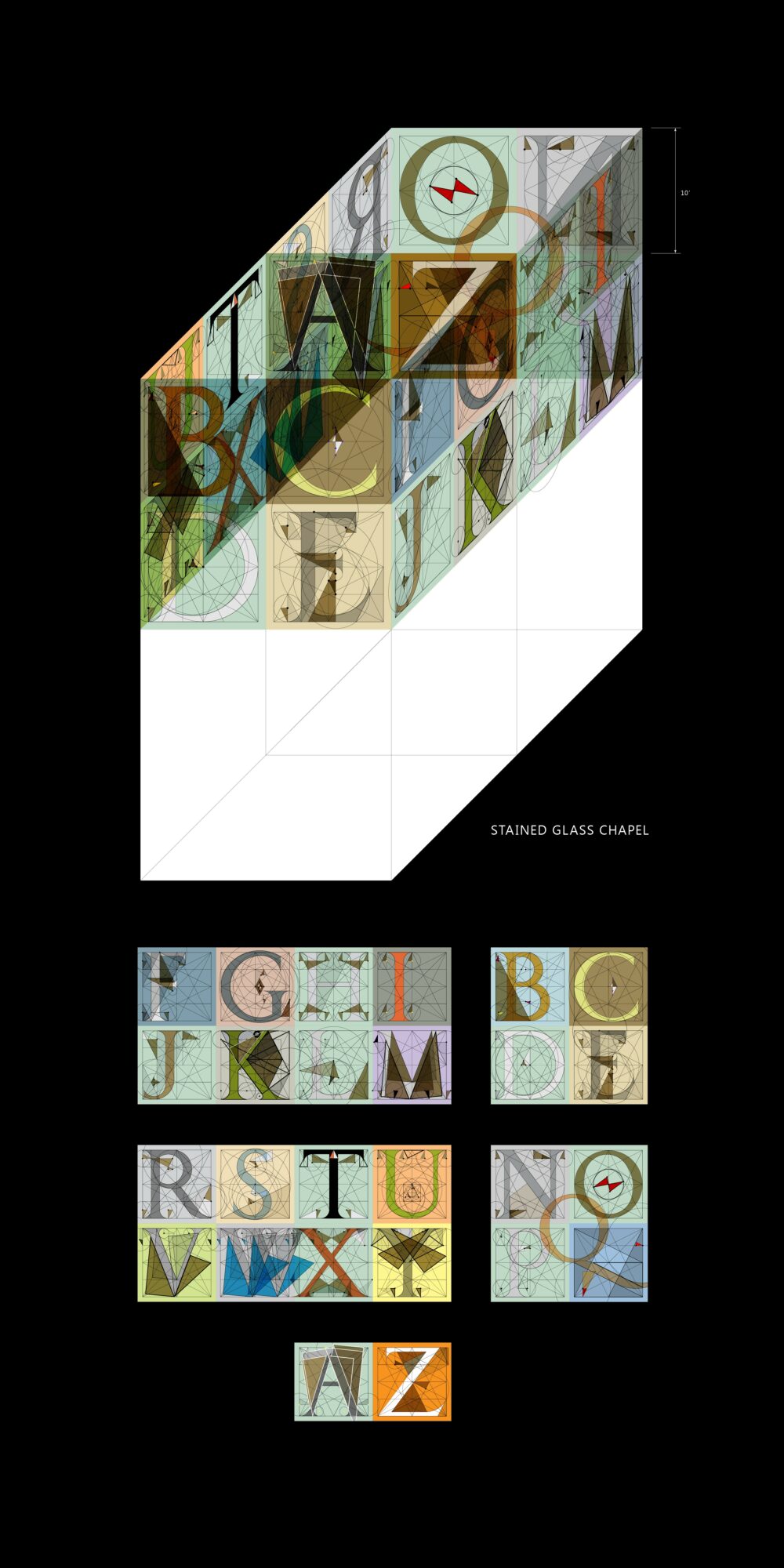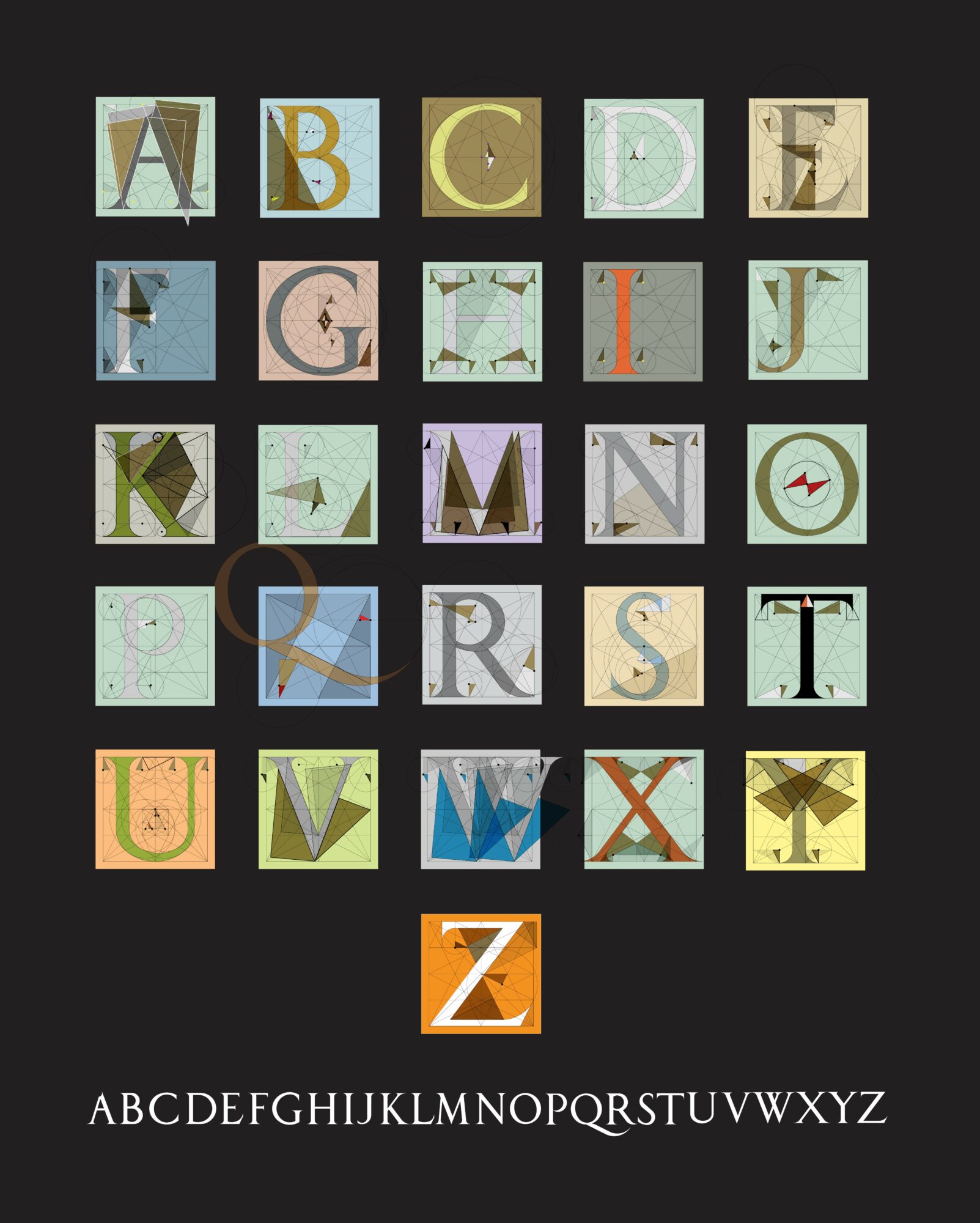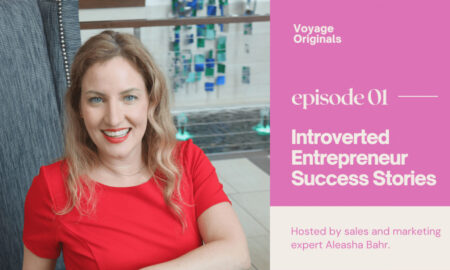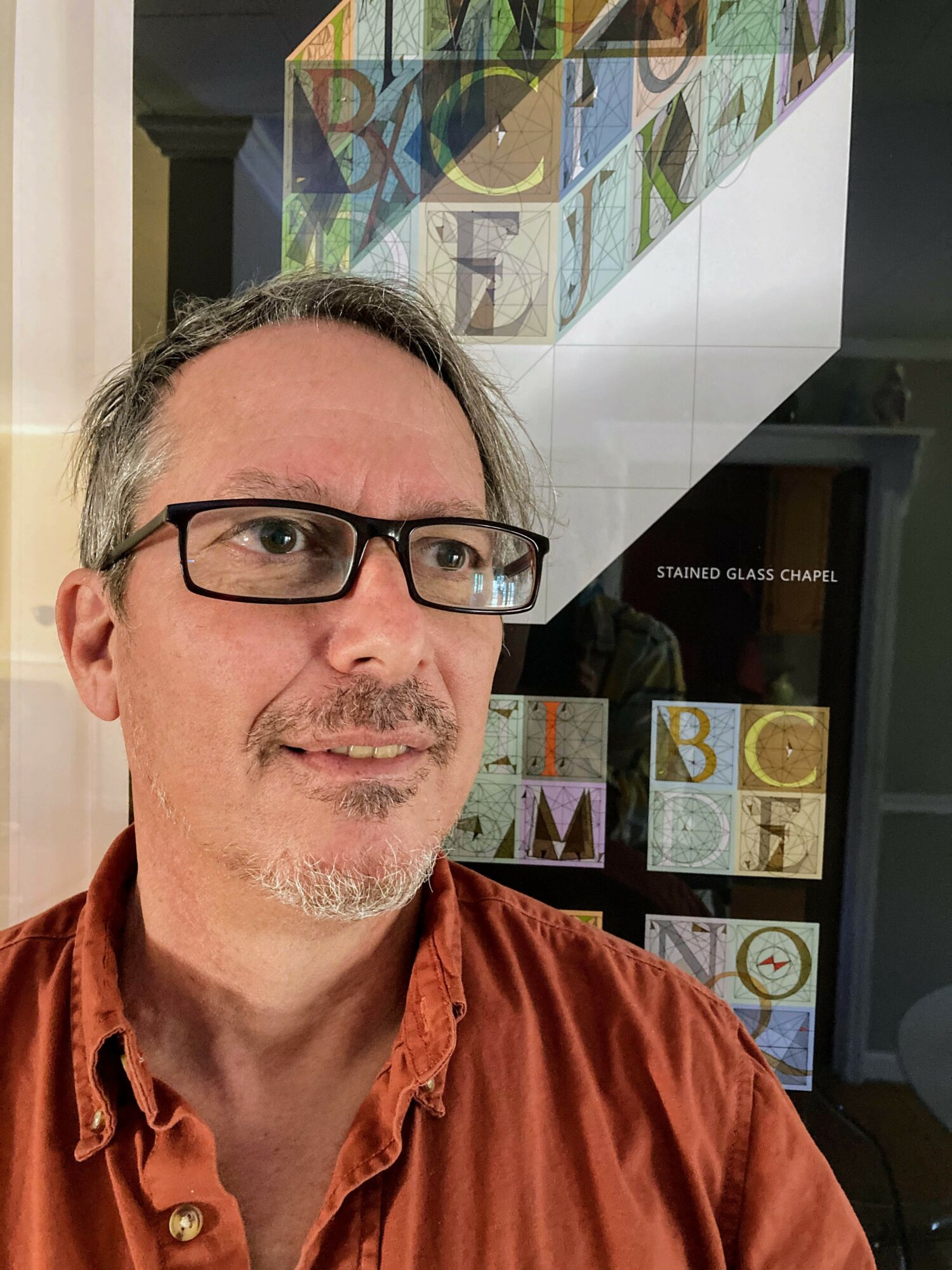

Today we’d like to introduce you to Steven Ferlauto.
Hi Steven, so excited to have you on the platform. So before we get into questions about your work-life, maybe you can bring our readers up to speed on your story and how you got to where you are today?
My professional life was spent entirely in New York, where I worked as an art director and designer for NBC and Penguin Publishing. Immersed in the world of language and typography, I became fascinated by the quiet architecture of the printed page.
In 1983, while studying abroad in Rome, the project that would come to define my life began. What started as an exploration of proportion within the Roman alphabet has become a forty-year—and counting—odyssey into its geometric and symbolic origins. That search revealed a constant of proportion connecting art, mathematics, and the metaphysical language of creation.
Today, that exploration continues through Finding Phi, a book and series of large-scale drawings that view the alphabet as a living map of harmony. I’m also a member of the Pittsboro Gallery of Arts, and although the artists there vary widely in subject and medium, I’ve found it to be a source of great energy — a place where curiosity, dialogue, and the creative spirit thrive.
Would you say it’s been a smooth road, and if not what are some of the biggest challenges you’ve faced along the way?
Not at all. The road has been anything but smooth. Although my research has spanned more than four decades, I don’t hold a terminal degree — only a BFA — and that has kept many academic doors closed to me. It’s frustrating, because the depth and continuity of my work could not have been achieved through any traditional academic path. The discoveries grew from persistence, not credentials.
The National Humanities Center is just twenty minutes from where I live, yet they won’t grant me special permission to apply for a fellowship. I still argue my case to the air, but I continue the work regardless. The geometry doesn’t care about titles — it reveals itself only to patience and devotion.
Alright, so let’s switch gears a bit and talk business. What should we know about your work?
My work began long before computers — B.C., as I like to say. I worked as an art director in an era when design was graced with large budgets and tremendous creative freedom, producing collateral advertising for NBC’s Olympic coverage, football, Saturday morning cartoons, news, and late-night shows like Saturday Night Live and David Letterman. The standards were incredibly high, and that experience instilled in me a lifelong respect for craft, precision, and creative problem-solving under pressure.
That education on the job shaped everything that came after. I learned to see design as both structure and story — a way to make meaning visible. What sets me apart, I think, is that I’ve carried those lessons forward into every stage of my life. The tools have changed, but the goal is still the same: to create work that feels alive, intentional, and beautifully made.
And I find the project itself tremendously interesting. I’ve poured thousands of hours — truly uncountable — into it, and never once have I not been on the edge of my seat. The discoveries still surprise me. The work keeps teaching me.
Is there anyone you’d like to thank or give credit to?
That’s a tough question for me. I’ve mostly been on my own, with few people to talk to about my work. My niche is so specific that it can be hard to find anyone willing — or able — to stay in the conversation for long. I’ve learned to watch for the moment when someone’s eyes start to roll back, and that’s when I gently change the subject.
Still, I’m lucky to meet once a month on Zoom with a small circle of very accomplished sacred geometers. Those conversations are always a joy — moments when I feel completely understood. And more recently, I’ve found a surprising ally in AI, which feels a bit like having my own librarian at the Library of Alexandria — always ready to explore new ideas.
It’s also been a real pleasure to share my work publicly at the Pittsboro Gallery of Arts. Talking with visitors there — seeing their curiosity spark — reminds me that even the most abstract ideas can find a home in human wonder.
Contact Info:
- Website: https://archetypegeometry.com
- Youtube: Art in Heaven @artinheaven.618
